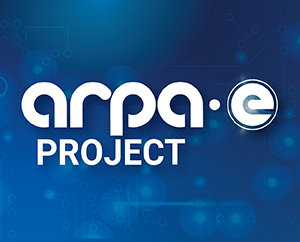Turning Sunlight, CO2, and Water into Fuel

Technology Description:
The University of Wisconsin-Madison (UW-Madison) and the University of Massachusetts-Lowell are developing a low-cost metal catalyst to produce fuel precursors using abundant and renewable solar energy, water, and waste CO2 inputs. When placed in sunlight, the catalyst’s nanostructured surface enables the formation of hydrocarbons from CO2 and water by a plasmonic catalytic effect. These hydrocarbons can be refined and blended to produce a fuel compatible with typical cars and trucks. Wisconsin is proving the technology in a small reactor before scaling up conceptual designs that could be implemented in a large solar refinery. The ability to convert CO2 waste into a viable fuel would decrease the transportation sector’s carbon footprint and provide an alternative domestic source of fuel.
Potential Impact:
If successful, the team’s plasmonic-enhanced metal catalyst could support the efficient and economical conversion of CO2 into liquid transportation fuels.
Security:
Enabling alternative fuel sources and diversifying our energy portfolio, particularly for the transportation sector, would reduce U.S. dependence on foreign sources of oil and improve our energy security.
Environment:
Carbon capture and conversion technology could prevent more than 800 million tons of CO2 from being emitted into the atmosphere each year.
Economy:
Improving the cost-effectiveness of alternative, renewable fuel technologies could help insulate consumers from unexpected oil price shocks that threaten to raise the price of gas.
Contact
ARPA-E Program Director:
Dr. Howard Branz
Project Contact:
Dr. George Huber
Press and General Inquiries Email:
ARPA-E-Comms@hq.doe.gov
Project Contact Email:
huber@engr.wisc.edu
Partners
University of Massachusetts, Lowell
Related Projects
Release Date:
03/02/2012
